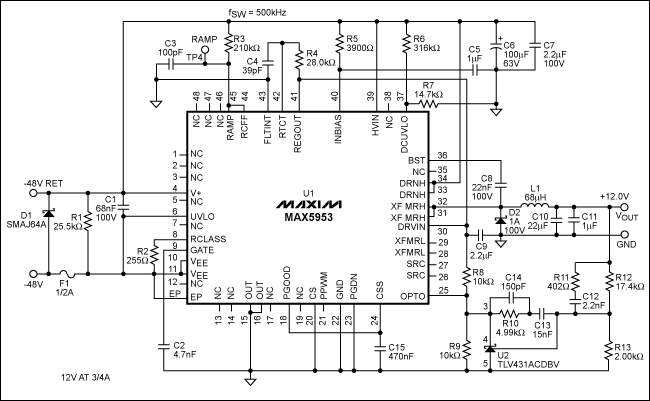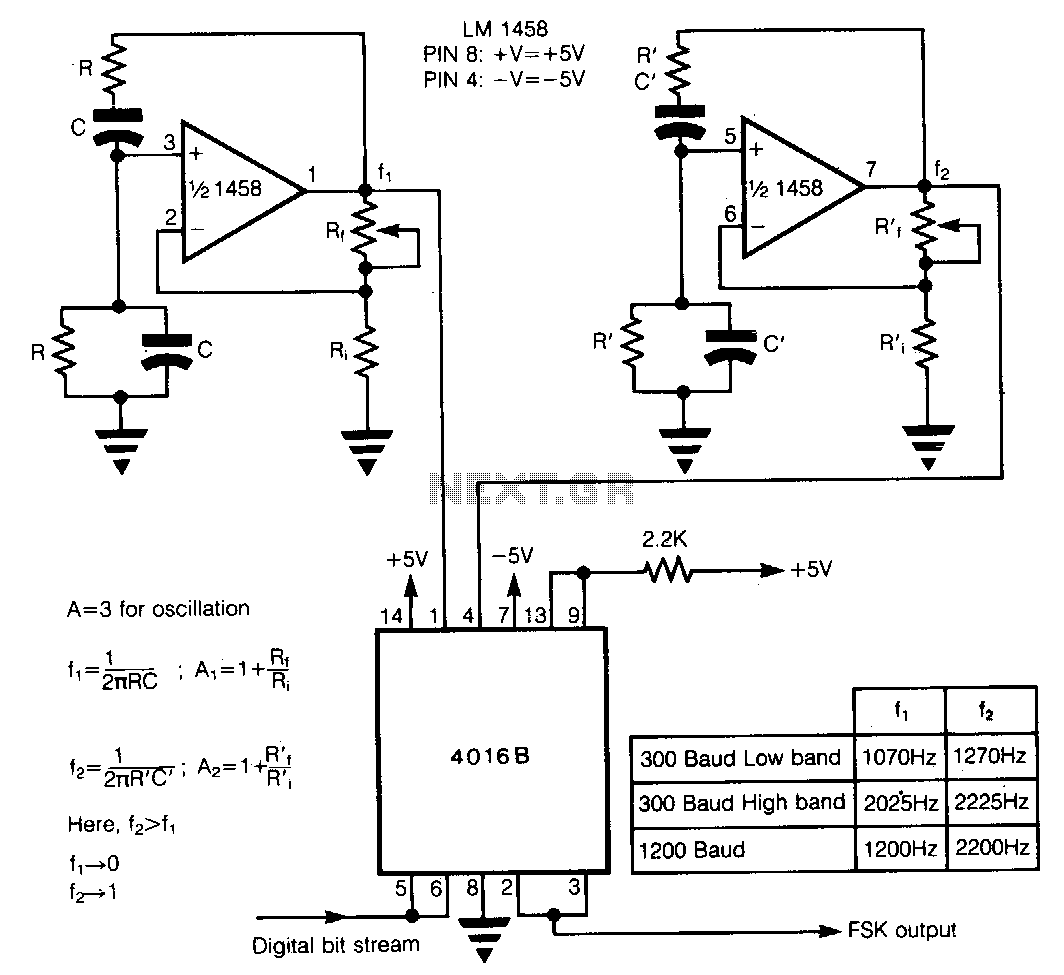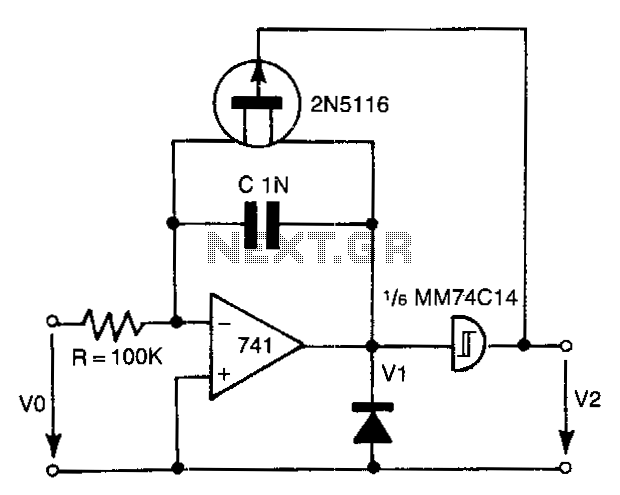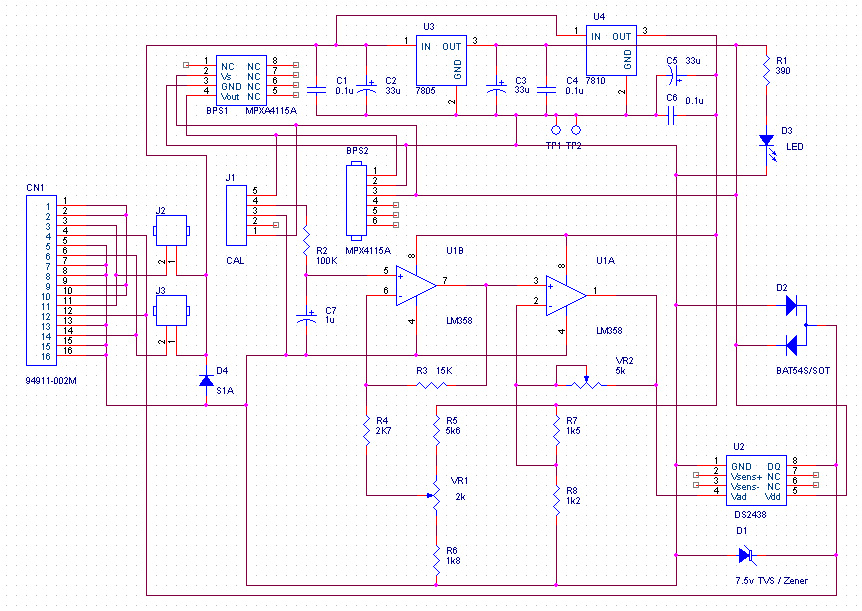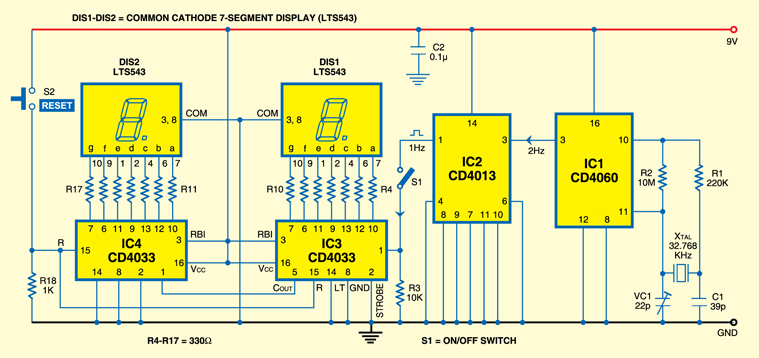
Low-Cost Barometer
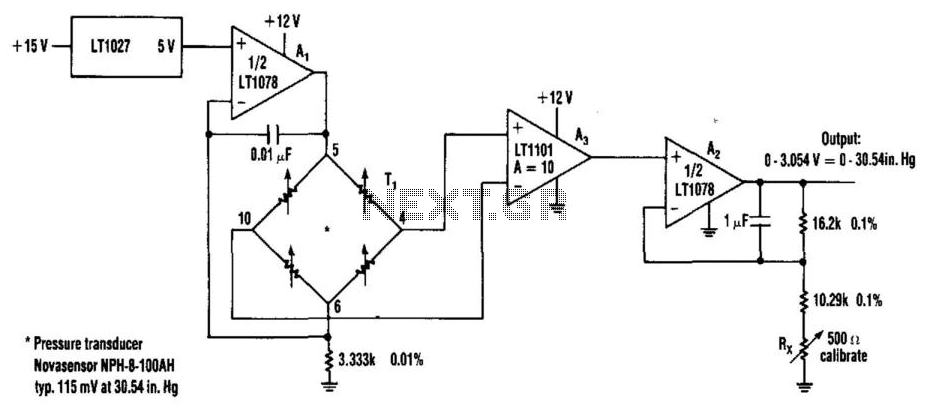
Using the Linear Technology LT1027 reference and LT1078 operational amplifiers, transducer T1 is supplied with 1.5 mA. The pressure transducer requires an amplifier with a gain of 10, followed by a voltage follower. The output can drive either an analog meter or a digital voltmeter (DVM) circuit.
The circuit utilizes the LT1027 precision voltage reference to provide a stable reference voltage for the LT1078 operational amplifier. The LT1078 is configured to amplify the output signal from the pressure transducer, T1, which operates at a current of 1.5 mA. The transducer generates a small voltage signal that corresponds to the pressure it measures. To ensure that this signal is suitable for further processing, it is necessary to amplify it.
The gain of the amplifier is set to 10, which means that the output voltage will be ten times the input voltage from the transducer. This is achieved by configuring the feedback and input resistors of the LT1078 in accordance with the standard non-inverting amplifier configuration. Following the amplification stage, a voltage follower (also known as a buffer) is implemented to isolate the amplifier from the load. The voltage follower is configured using another LT1078 op-amp, ensuring that the output voltage remains unchanged while providing high input impedance and low output impedance.
The final output from the voltage follower can be directed to either an analog meter or a digital voltmeter (DVM) circuit. The choice of output device depends on the application requirements. An analog meter provides a visual representation of the pressure reading through a moving needle, while a DVM offers a digital display that can provide more precise readings. The circuit design ensures that both output options can be utilized without the need for additional components, making it versatile for various measurement applications. Using Linear Technology LT1027 reference and LT1078 op amps, transducer T1 is fed with 1.5 mA. The pressure transducer f eeds an amplifier with a gain of 10, then it feeds a voltage follower. Output can either drive an analog meter or a DVM circuit. 🔗 External reference
The circuit utilizes the LT1027 precision voltage reference to provide a stable reference voltage for the LT1078 operational amplifier. The LT1078 is configured to amplify the output signal from the pressure transducer, T1, which operates at a current of 1.5 mA. The transducer generates a small voltage signal that corresponds to the pressure it measures. To ensure that this signal is suitable for further processing, it is necessary to amplify it.
The gain of the amplifier is set to 10, which means that the output voltage will be ten times the input voltage from the transducer. This is achieved by configuring the feedback and input resistors of the LT1078 in accordance with the standard non-inverting amplifier configuration. Following the amplification stage, a voltage follower (also known as a buffer) is implemented to isolate the amplifier from the load. The voltage follower is configured using another LT1078 op-amp, ensuring that the output voltage remains unchanged while providing high input impedance and low output impedance.
The final output from the voltage follower can be directed to either an analog meter or a digital voltmeter (DVM) circuit. The choice of output device depends on the application requirements. An analog meter provides a visual representation of the pressure reading through a moving needle, while a DVM offers a digital display that can provide more precise readings. The circuit design ensures that both output options can be utilized without the need for additional components, making it versatile for various measurement applications. Using Linear Technology LT1027 reference and LT1078 op amps, transducer T1 is fed with 1.5 mA. The pressure transducer f eeds an amplifier with a gain of 10, then it feeds a voltage follower. Output can either drive an analog meter or a DVM circuit. 🔗 External reference
